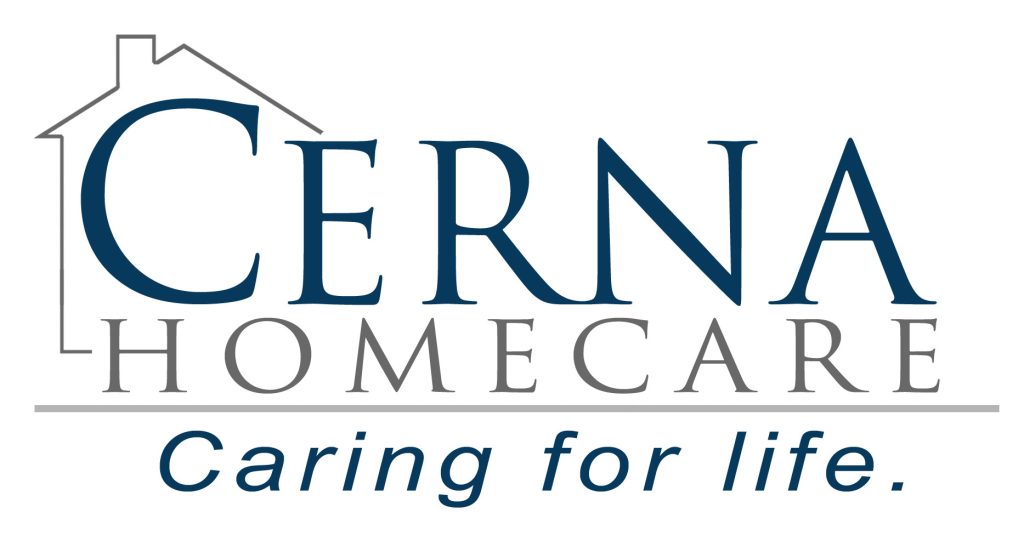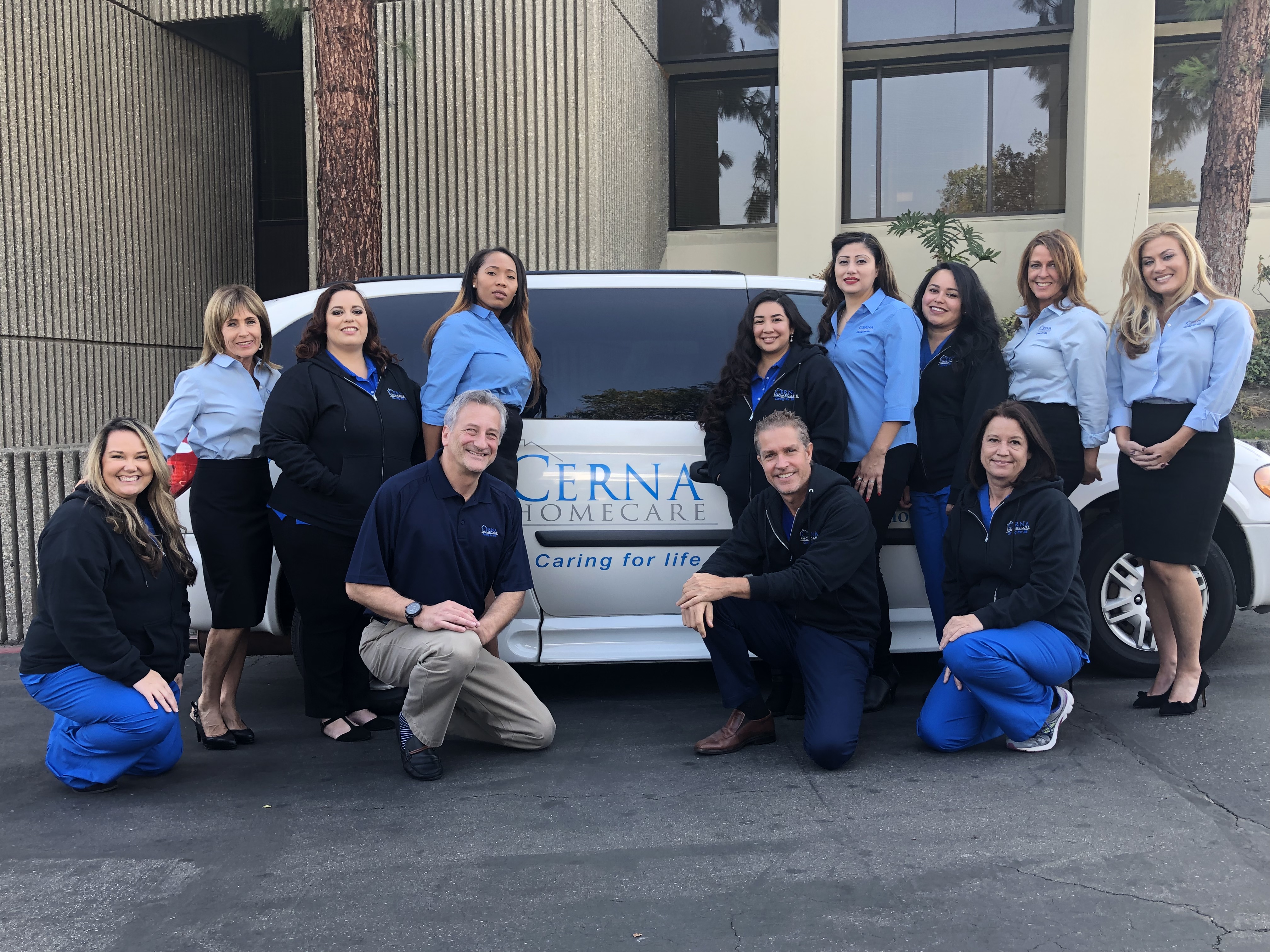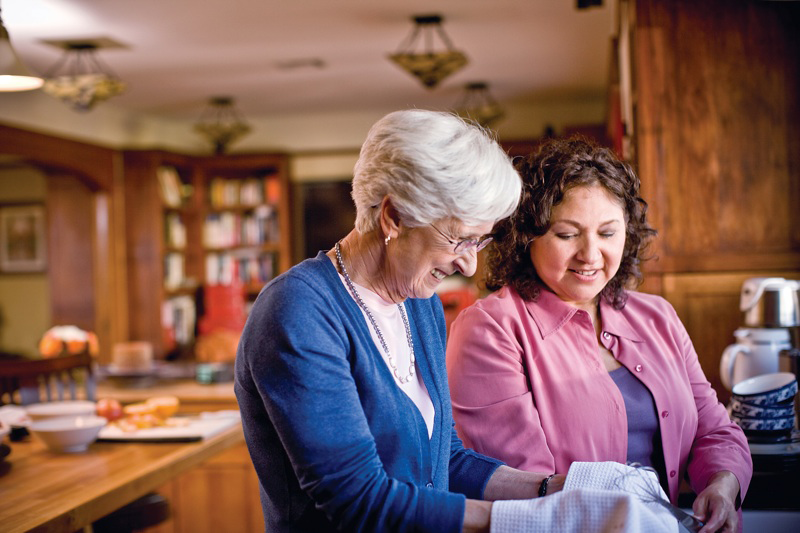 Evidence has shown that documenting at the point of care is a very valuable tool in quality patient care. Having work completed at the end of a day for a clinician promotes less employee stress, improved team work, and a feeling of accomplishment, but more important, is critical for the clients medical record to be current and up-to-date. Point of care documentation encourages:
Evidence has shown that documenting at the point of care is a very valuable tool in quality patient care. Having work completed at the end of a day for a clinician promotes less employee stress, improved team work, and a feeling of accomplishment, but more important, is critical for the clients medical record to be current and up-to-date. Point of care documentation encourages:
Improved Safety Evidenced-based research on point of care documentation supports improved patient safety and quick identification of potential problems. For example, entering a patient’s medication into the software at point of care any drug interactions are immediately identified within the medication database. Additionally, ready access to patient teaching guides allows the clinician to discuss potential side effects and interaction at the time of the visit.
Accuracy of Documentation When entering information at the point of care the potential for errors decreases. Writing the information on paper notes then transcribing it increases the risk of key stroking errors and misread or missed information. Answering Oasis questions accurately have a direct effect on outcomes and reimbursement. When documenting at the point of care, uncertainties regarding patient status can be addressed immediately.
Improved Timeliness of Documentation Documentation at the point of care allows for the assessment information to be placed directly in the patient’s electronic medical record. The information is shared with all team members. The patient medical information is only transcribed once. When you receive the information from the patient, write it on a note, transcribe into record you are processing the information three times. The entire team benefits from timely documentation. The on-call staff and team have ready access to the most recent information, compliance improves and billing is not held up.
Open Medical Record Option The open medical record concept can be very empowering to the patient, if allowed by the providers. It gives patients access to their medical charts at the point of care and is a valuable tool for teaching and ensuring the best outcomes. How clinicians present point of care documentation to patients makes all the difference. The frequently heard statement is “But homecare is different” or “It will take away from the patient.” The challenge would be to ask yourself, how or why is home care so different?
The era of EMR is present and not going away. Clinicians have an obligation to timely and accurate documentation for client safety and continuity. Documentation at the point of care is a key component.
Find out why HEALTHCAREfirst, Inc., provider of leading-edge home health care software and hospice software, provides the most successful point of care software solution you need to make managing home care much easier.




